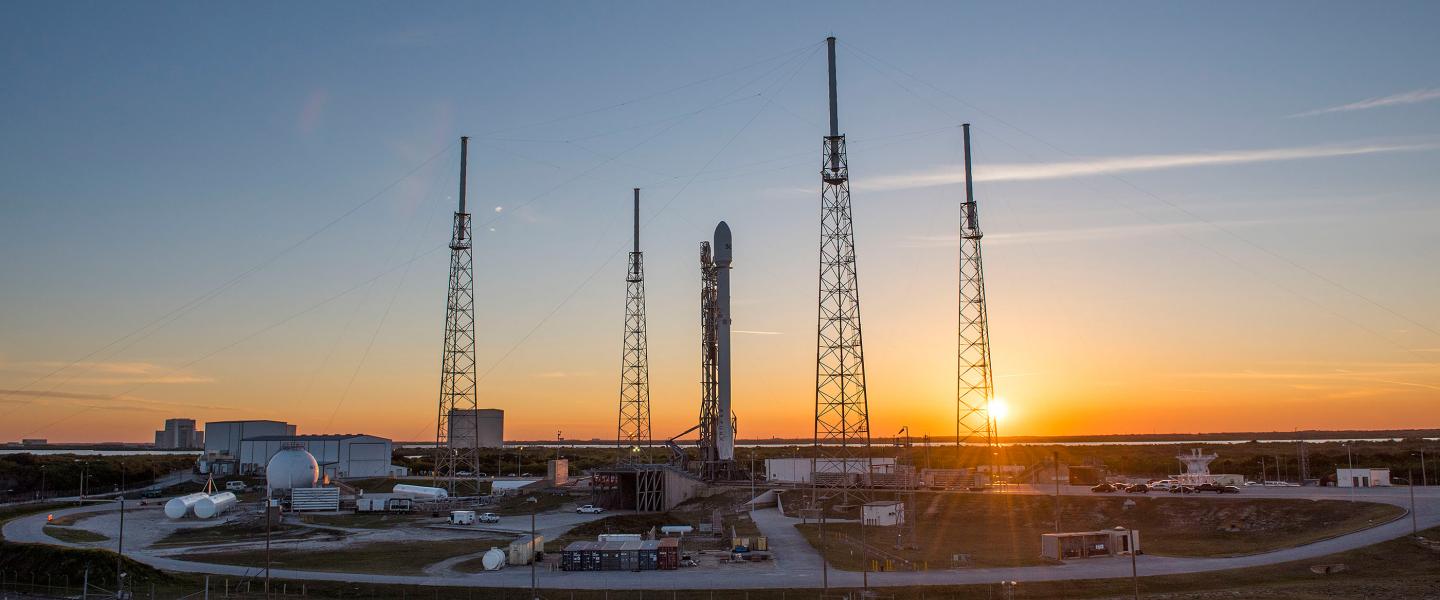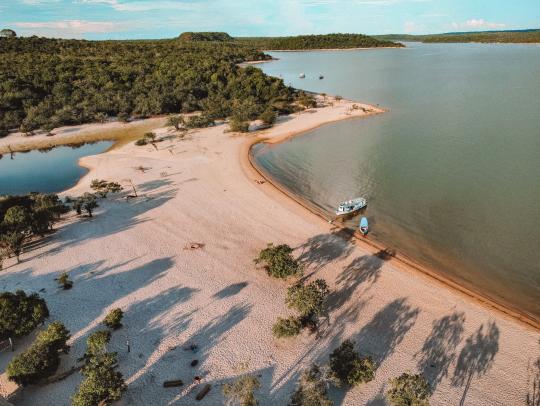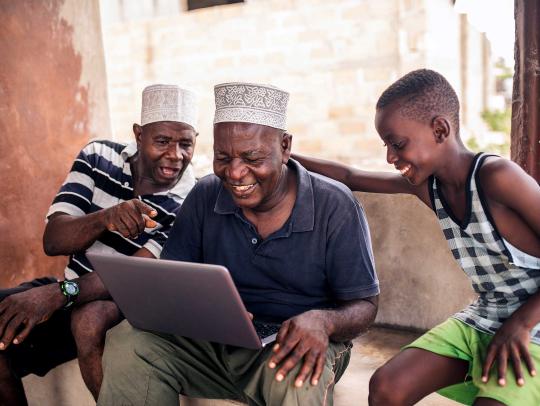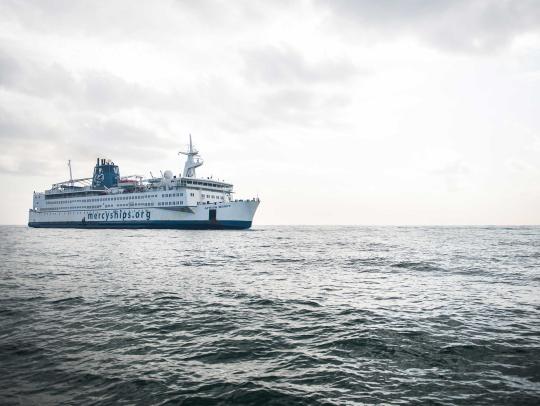Services and coverage
SES-9 will provide expansion and replacement capacity to serve the Pay-TV, data and mobility sectors in fast-growing markets across Northeast Asia, South Asia and Indonesia.
The additional capacity on SES-9 will enable DTH operators to broadcast more local content and increase their SD and HDTV channel line-up to 22 million households across Asia-Pacific, in markets such as India, Indonesia and the Philippines.
SES-9 will also deliver high-speed broadband services and mobile backhaul to remote regions to enable the deployment of communication networks, such as banking and e-government services.
In addition, SES-9 is well-equipped to meet the demand for maritime connectivity with its dedicated mobility beams, which will provide comprehensive coverage for the 26,000 vessels[1] expected to sail worldwide on high-traffic maritime routes in 2016, such as between the Suez Canal and Strait of Malacca.
The satellite’s Indian Ocean and South East Asian coverage is ideal for providing seamless in-flight connectivity for domestic Asian flights operating in countries like Indonesia and the Philippines. With 3.8 billion[2] people expected to fly globally in 2016, SES-9 mobility beams will help to meet part of the increasing demand for in-flight connectivity from airline passengers.
SES-9 will be co-located with another SES-owned satellite, SES-7, at the prime orbital location of 108.2°E. Co-location further improves the levels of reliability and security for customers of both satellites.
Satellite manufacturer and launcher
SES-9 was built by Boeing Satellite Systems International and is designed to operate for 15 years in geostationary orbit. It features a 12.7-kilowatt payload and 57 high-power Ku-band transponders (equivalent to 81 × 36 MHz transponders).
SES-9 has a dry mass of 2,835 kg and a wet mass of 5,271 kg (includes dry mass and propellant for both chemical/electric propulsion). It has a wingspan of 48m and has two solar wings with six solar array panels on each wing.
SES-9 will be launched on SpaceX’s Falcon 9 rocket from Cape Canaveral Air Force Station, Florida.
SES-9 will use a chemical bi-propellant thruster to complete major post-launch manoeuvres, and then electric propulsion to bring it to its orbit at 36,000 kilometres above the equator. Subsequent on-orbit manoeuvres will be executed with electric propulsion.
SES in Asia-Pacific
SES has maintained its regional headquarters in Singapore since 1999. The company's core business is the provision of satellite capacity for clients in the broadcast, enterpise, maritime & aeronautical as well as government sectors through its constellation of over 50 geostationary satellites. This is further supported by a constellation of 12 satellites in medium earth orbit from O3b Networks, in which SES holds a significant stake.
Of the seven satellites in its current launch programme spanning 2016 and 2017, two, including SES-9, are dedicated to serving the Asia-Pacific region. These satellites will serve the rapidly growing aeronautical and maritime mobile connectivity sectors, as well as DTH broadcasters.
Today, SES leads the direct-to-home (DTH) market in the Asia-Pacific region. It carries the highest number of pay DTH channels (1,000 channels), reaching over 44 million homes and 160 million viewers in the region – more than any other satellite operator.
[1] COMSYS. The Maritime VSAT Report, 3rd Edition
[2] IATA, (2015). Airlines Continue to Improve Profitability 5.1% Net Profit Margin for 2016. [online]





